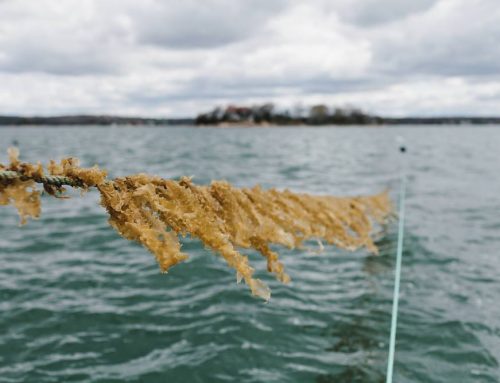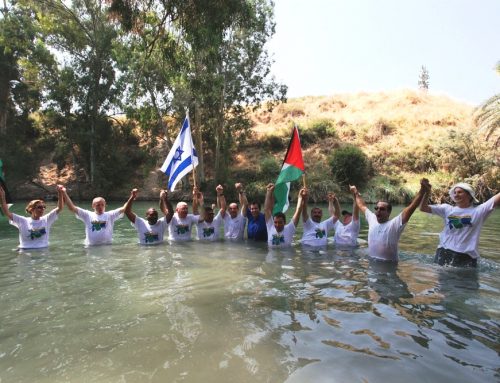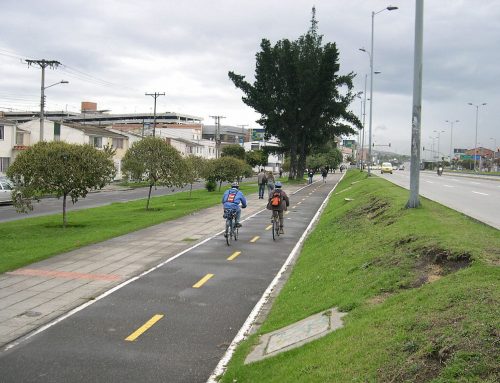What type of wildlife conservation management is most effective and sustainable?
CAMPFIRE (Communal Areas Management Programme for Indigenous Resources), designed and managed entirely by Africans, was created in the mid 1980’s. It encourages local communities to make their own decisions about wildlife management and control so that plants, animals and people – the whole ecosystem – all benefit. Campfire also helps to provide legal ways for such communities to raise money by using local, natural resources in a sustainable way. This includes selling, breeding and hunting wildlife according to their own criteria for what is sustainable.
Under Campfire, the allocation of ownership of wildlife and natural resources to local people and landholders led to substantial successes for conservation and local improvements in human well-being. Key to the programme is its support for the creation of appropriate and sustainable institutions under which resources can be legitimately managed and exploited by the resident communities. Profits from the enterprise may be used for communal benefits or distributed to individual households at the discretion of the community. The program is currently under pressure due to national political issues in Zimbabwe and international motion to prohibit or ban the use of wildlife, in politically weaker, lower income countries.
This approach to wildlife management that includes management of charismatic megafauna bucks international trends of centralization of ownership and management of iconic wildlife and conservation foci. It highlights the paradoxical challenges of innovating for environmental and social well-being in a world with increasing inequality in power and wealth.



